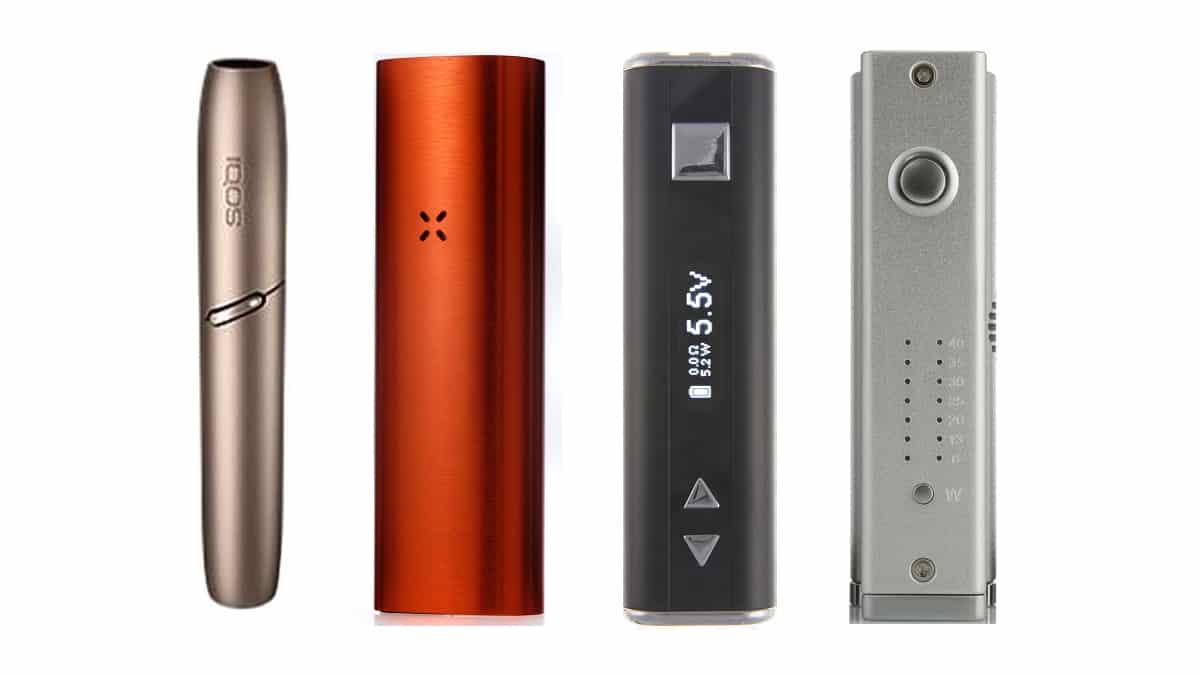
It’s been said a few times that the amazing rise of e-cigarettes is what’s opened the way for Heat not Burn technology. The concept has been tried before, and failed every time – but not because there was anything wrong with it. The idea was just too different, and most smokers were happy enough with what they had. If you wanted to inhale nicotine you lit a cigarette – it was that simple.
The inertia that heat not burn faced a decade ago was incredible, and its ability to obstruct new products should never be underestimated. The fact is that a lot of new products fail, no matter how good they are, just because people are used to what they already have. It’s true that some early HnB attempts had problems – the predecessors of RJ Reynolds’ Revo didn’t taste all that great – but others worked just fine. The problem was that buying one often meant a fairly large initial investment. You’d have to pay for the device up front, before you knew whether you’d like it or not. That alone was enough to deter a lot of people. It was less of an issue for RJR’s charcoal-fuelled cigarettes, which cost about the same as a pack of regular ones, but of course they had the problem of their awful taste.
It looks like electronic cigarettes have reshaped the market, though – even if it’s hard to pin down exactly why. There are a few possible explanations. One is that heat not burn wasn’t different enough to persuade people to give it a try. After all it still contains tobacco – perhaps smokers just didn’t see enough of a change. E-cigarettes don’t contain tobacco, so maybe there was enough novelty value for people to accept them.
It might also be down to the lower cost of entry. Early e-cigarette kits could be expensive to buy, and expensive to keep on using. The cartridges didn’t last long; the batteries and atomisers had a short life and needed replaced frequently. The price quickly fell though, especially when refillable devices appeared, and soon you could try vaping with reasonably good equipment for the cost of three packs of cigarettes. That probably lowered the barrier enough that it wasn’t just a few wealthy smokers who’d consider trying it. Now electronic cigarettes are very well known – they’re never out of the news, although usually for all the wrong reasons – and they’re also widely accepted. People know that if they pay for a good device – often more expensive than a HnB device – it will work and they’ll soon start saving money.
That could be a huge boost for HnB. Systems like Philip Morris’s HeatStick products also work, and the cost of the electronic unit itself compares pretty well with a mid-range e-cigarette. Now that smokers are accustomed to the idea of alternatives a lot more of them are likely to consider HnB. It doesn’t really matter why e-cigs managed to become an accepted alternative to smoking, but the fact they did makes it a lot easier for HnB this time around.
The explosive growth of vaping has also pushed the technology forwards very quickly. PMI’s iQOS is the same concept as their earlier HeatStick-style products, but the technology inside this heat not burn device owes plenty to modern e-cigarettes. Batteries are improving all the time, becoming safer while packing in more energy, and e-cigarettes are helping drive that. A lot of the control technology is closely related too. E-cigarettes heat liquid rather than tobacco, and don’t need to be pre-warmed like some heat not burn systems, but the last few years has seen huge advances in control boards that let you quickly and easily set a precise temperature at the heating coil. This is all very useful for anyone who wants to make an effective HnB.
There’s another way e-cigarettes could change the game, too. A lot of attention is going to the HnB systems from the big tobacco companies – Philip Morris with the iQOS, RJR’s Revo, KT&G’s Lil and Japan Tobacco’s Ploom-based devices, not to mention many Chinese companies now coming on-board. A lot of these devices like PMI’s IQOS 3 are now on worldwide release (except in a few backwards countries where they are banned.) Companies like Ploom are on their 3rd (or is it 4th?) iteration of their very successful PAX system. KT&G have their Lil which is sadly only available in a couple of countries; South Korea and Japan, and BAT have just released their Glo Sens initially to a limited market. One thing is clear, Heat Not Burn devices are becoming more prevalent in 2020.
E-cigarettes split into two main kinds – open and closed systems. The tobacco companies sell closed systems, which can only be replenished with refills bought from the same company that made the device itself. The growth in users is being driven by open systems though, where you can mix and match components – maybe a battery from one company and an atomiser from another, with a heating coil you made yourself – then fill it with any juice you like.
Tobacco company PMI’s HnB are also closed systems. An iQOS has to be fed with Philip Morris HEETS, and JTI’s version only uses rebranded Ploom Pods. Revo doesn’t need a device at all. But all of them have one thing in common – if you’re using one you have to keep buying supplies from the same company. The PAX is different. Ploom are only interested in selling you the device; once you have it they don’t care what you fill it with. It’s an open system and can be used with any pipe tobacco. That gives a lot more choice, but it also means you don’t depend on one single company.
If you own a closed system device the manufacturer can force you to upgrade whenever you want; they just bring out a new model that uses incompatible supplies, and stop making the old style. If you’ve ever owned a modern razor or an inkjet printer this is probably a familiar business model. But open systems are different – once you have a PAX you can use any tobacco you like. Ploom can bring out a new model, but they can’t make your old one obsolete. It’s this way of doing things that’s driven the huge variety of e-cigs. People talk about how the tobacco companies are trying to control the market, but between them all they only offer a dozen models – independents sell hundreds. If the same happens with heat not burn the next few years could be very exciting.











